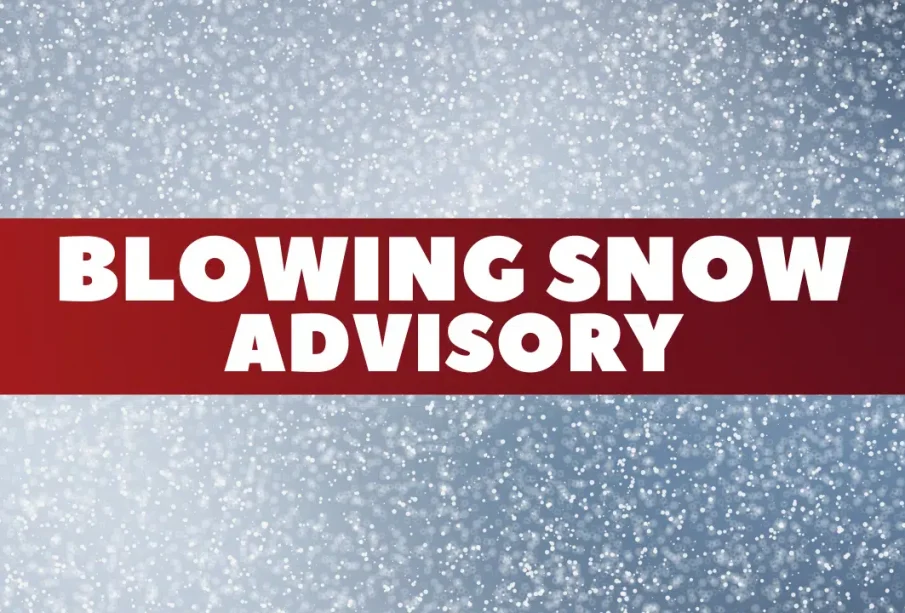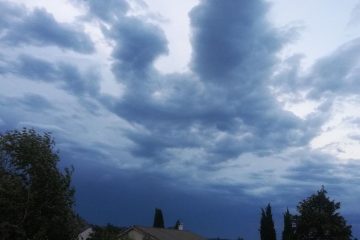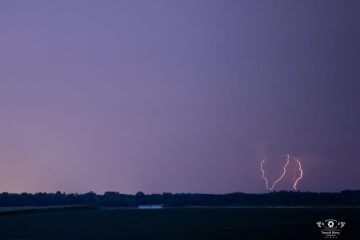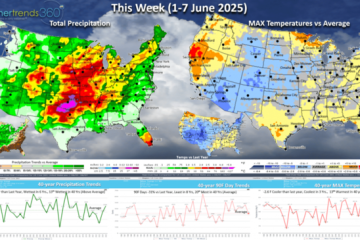Understanding the Blowing Snow Advisory: Impact and Safety Tips

Introduction
As winter approaches, news of impending weather phenomena such as blowing snow advisories become increasingly important for Canadians. These advisories signal warnings of hazardous conditions that can significantly affect travel and outdoor activities. Awareness and understanding of these advisories can ensure safety and preparedness during winter storms.
What is a Blowing Snow Advisory?
A blowing snow advisory is issued by meteorological agencies, including Environment and Climate Change Canada, indicating that strong winds will cause snow to blow around, leading to poor visibility and treacherous road conditions. Typically, a blowing snow advisory is declared when winds reach speeds of 30 kilometers per hour or more, causing loose snow to be whipped up from the surface.
Current Events and Weather Impact
In recent days, blowing snow advisories have been issued in several regions across Canada, with particular emphasis on the Prairies and the Atlantic provinces. For instance, in Alberta, Environment Canada placed parts of the province under a blowing snow advisory due to a cold snap associated with strong arctic winds. Travel advisories have followed as local authorities warn drivers of low visibility, urging caution on the roads. In regions such as Manitoba and Saskatchewan, similar advisories have prompted schools to consider closures and initiated community alerts for residents.
Travel and Safety Tips
During a blowing snow advisory, it is essential for individuals to prioritize safety. Here are some actions to take:
- Avoid Unnecessary Travel: If possible, stay off the roads until conditions improve. Local authorities often post updated travel advisories.
- Stay Updated: Monitor local weather reports and updates from Environment Canada for the latest announcements regarding blowing snow conditions.
- Dress Appropriately: If you must venture outdoors, wear layers and protective gear to guard against the extreme cold and wind chill.
- Emergency Kit: Keep a winter emergency kit in your vehicle, complete with blankets, food, water, and a flashlight, in the event that you become stranded.
Conclusion
Blowing snow advisories are critical warnings that indicate challenging winter conditions. As Canada experiences some of its harshest winter weather, being informed and prepared is vital. For individuals and families, understanding these advisories can foster a proactive approach towards winter travel and safety. As the season progresses, forecasts indicate that more advisories could be in place, underscoring the importance of staying vigilant and prepared during winter months.









